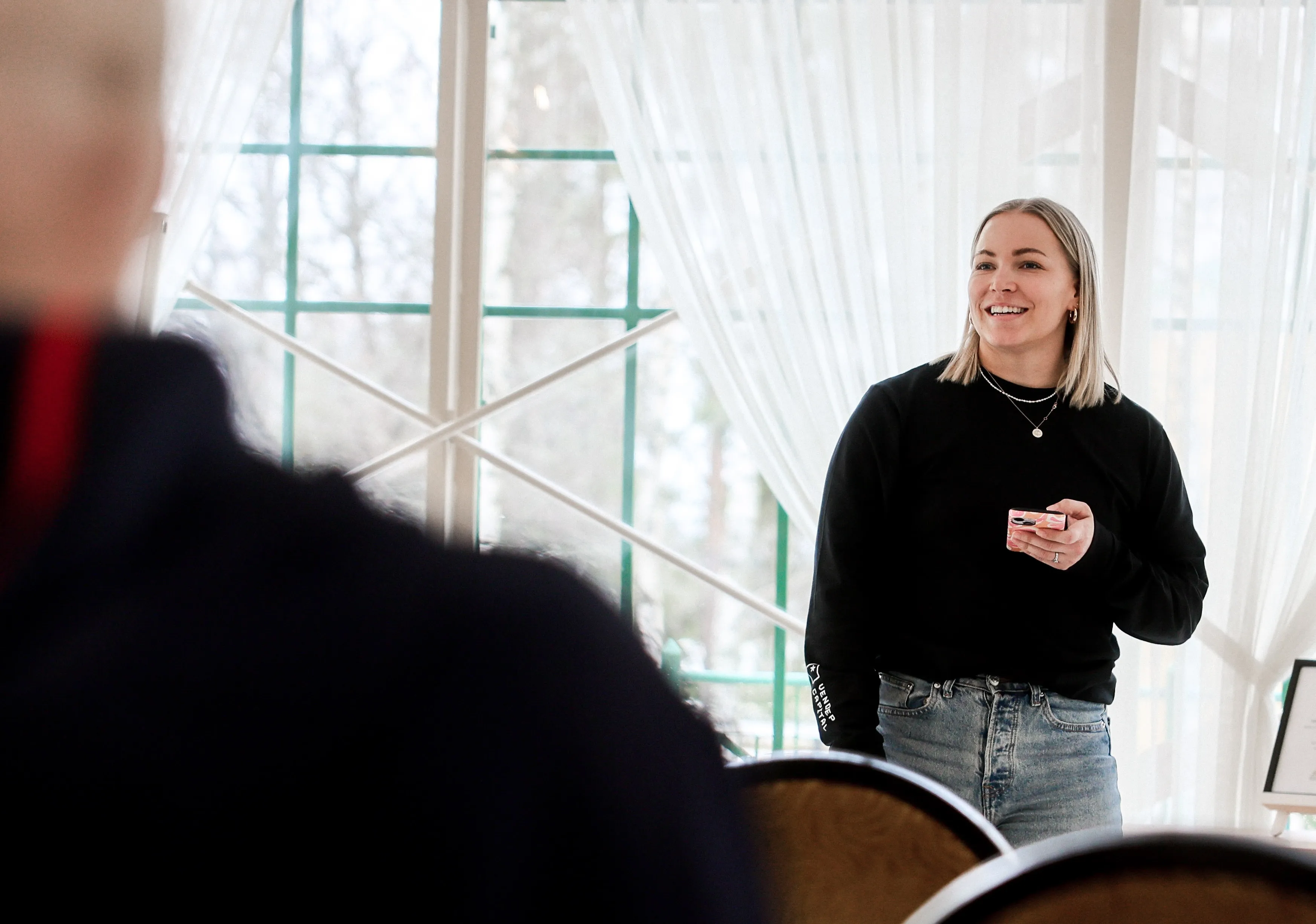Board meetings shape the big decisions. When done right, they build clarity and momentum. When done wrong, they stall progress. As a founder or CEO, it’s up to you to make them count, and the real prep starts long before the meeting begins.
Here’s what we’ve seen work time and again.
Send the materials early (like really early)
Let’s start with the obvious: send your board materials well in advance. Yes, every board “how-to” says it—and there’s a reason.
If your deck shows up at 10pm the night before, don’t expect everyone to read it.
Board members are busy. If your deck shows up at 10pm the night before, don’t expect everyone to read it. Some won’t. And that means you’ll end up walking through every slide in the meeting instead of using the time for real discussion. It slows things down and frustrates everyone – those who did prepare, and those who didn’t.
The solution is simple: aim to send the full deck at least five business days before the meeting. That gives people enough time to go through it properly and come with useful input.
If something changes right before the meeting, like an updated sales pipeline, sending a revised slide is fine. Just don’t make last-minute the norm.
Talk to each board member ahead of time
Second point, and this is tightly coupled with the point above: if you expect to get a major decision finalized in a board meeting, set short calls individually with each board member during the week leading into the meeting.
This will ensure the whole board knows what’s coming up, allows them to field any questions and asks for additional background details prior to the meeting. When the topic is then handled in the meeting, the decision is more likely made right there and then rather than tabled until the next one.
I’ve seen too many board meetings where product pivot, strategy change, updated budget and similar decisions have been presented on the spot only to be sent back for more homework causing unnecessary delays and a need for an additional unnecessary board meeting only to finalize the decision.
Do dinner the night before
This one might sound optional, but it’s actually not.
No, it’s not about keeping board members well-fed and cheerful. It’s about setting the stage.
If your deck is still being built the night before, skip the dinner and finish your prep. But if you’ve done the work early (see point 1), a relaxed dinner the evening before the meeting can make a real difference.
Here’s what it gives you:
- You clear the small talk that would otherwise eat up the first 15 minutes of the meeting.
- You can casually raise key topics – sometimes even adjust a slide or two based on reactions.
- Your leadership team builds direct connections with the board, which pays off down the line.
- And for board members flying in, it reduces the risk of missed flights or tight connections messing with the schedule.
It’s not essential, but it’s a smart move when done right.
Stay in touch between meetings
Board meetings shouldn’t be your only point of contact. If they are, you’re missing out.
Set up a Slack channel (or whatever async tool works for your team) to keep the conversation going. It’s an easy way to share updates, ask quick questions, or flag issues early.
Even better, schedule regular touchpoints. That could be a quick monthly check-in, a casual coffee every few weeks, or whatever fits your rhythm. The goal is to keep communication open and honest.
When founders treat their board like a partner – not just a formal obligation – the dynamic shifts. You move faster, make better calls, and avoid surprises.
You can skip the catch-up and get straight to decisions.
And when the actual board meeting rolls around? Everyone’s already aligned. You can skip the catch-up and get straight to decisions.
No founder wakes up hoping to run a bad board meeting. But without structure, they tend to drift. Do the prep, keep the lines open, and don’t be afraid to use your board as a real partner, not just a checkpoint.



.jpg)



.webp)

